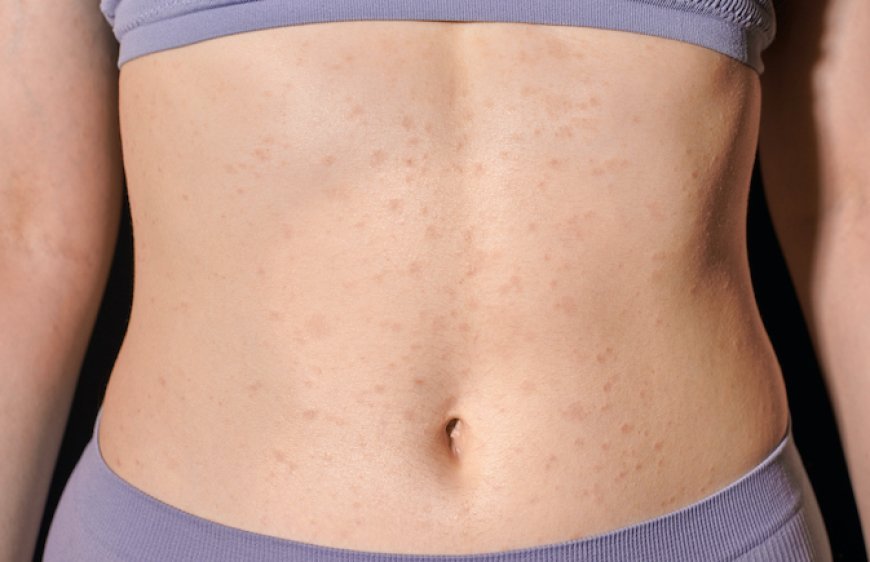Heat Rash
Heat Rash is an uncomfortable and irritating skin condition that affects millions of people every year.

Heat Rash is an uncomfortable and irritating skin condition that affects millions of people every year.
Heat Rash Causes
It is caused by excessive sweating, exposure to hot and humid environments, or wearing tight-fitting clothing. Heat rashes are characterized by red bumps or blisters and can cause itchy, burning, and prickly sensations on the skin. Though it is usually a mild skin condition, heat rashes can cause significant discomfort and discomfort if not treated.
Heat rash occurs when sweat ducts become blocked and sweat cannot evaporate normally. It is caused by a combination of heat, humidity and excessive sweating, leading to a blocked sweat gland with no escape. Commonly, heat rashes appear on the neck, chest, and groin.
Heat rash is often classified into three types depending on the severity of the rash and how deep the sweat glands have been affected. The three types of heat rash are:
• Miliaria Crystallina (Mild Heat Rash): Small, clear bumps caused by blocked sweat ducts on the surface of the skin. Symptoms include redness, itching, and prickly sensations.
• Miliaria Rubra (Moderate Heat Rash): Blocked sweat ducts beneath the surface of the skin. Symptoms include red bumps and itching.
• Miliaria Profunda (Severe Heat Rash): Blocked sweat ducts deep beneath the skin. Symptoms include white blisters filled with a milky-white fluid.
Heat Rash Prevention In general, heat rashes can be prevented by avoiding excessive sweating and hot, humid environments. Some tips for avoiding heat rashes include:
• Wear lightweight, loose-fitting clothing: This allows air to flow more freely and sweat can evaporate more easily, reducing the risk of developing heat rashes.
• Avoid excessive exercising in the heat: During the summer months, opt for lower-intensity activities such as walking, yoga, or swimming.
• Avoid using lotions and creams: These types of products can further block the sweat glands and aggravate heat rashes.
• Stay hydrated: Drink plenty of water throughout the day in order to keep skin moisturized and cool.
• Take cool baths or showers: Cool baths or showers can lower body temperature and reduce sweating, which can help to prevent heat rashes.
Heat Rash Treatment In most cases, heat rashes can be treated with simple home remedies. For milder rashes, begin by cleaning the affected area with mild soap and water, then pat the skin dry with a soft towel. Allow the area to air-dry for 10-15 minutes before getting dressed.
• Cold, wet compress: For more moderate to severe heat rashes, apply a cold, wet compress to the affected area for 15 minutes, 2-3 times per day. This can help to reduce inflammation and itching.
• Over-the-counter remedies: Some over-the-counter remedies such as calamine lotion or hydrocortisone cream can help to reduce itching.
• Antihistamines: If needed, antihistamines such as Benadryl or Zyrtec can also be used to reduce itching and inflammation.
Heat rashes are a common skin condition that can be both irritating and uncomfortable. They are caused by excessive sweating, heat, and humidity and can be prevented by avoiding such conditions and wearing loose-fitting clothing. Mild cases can usually be treated with simple home remedies such as cold compresses and over-the-counter medications. However, if symptoms persist, it is recommended that you see a doctor for further evaluation and treatment.
